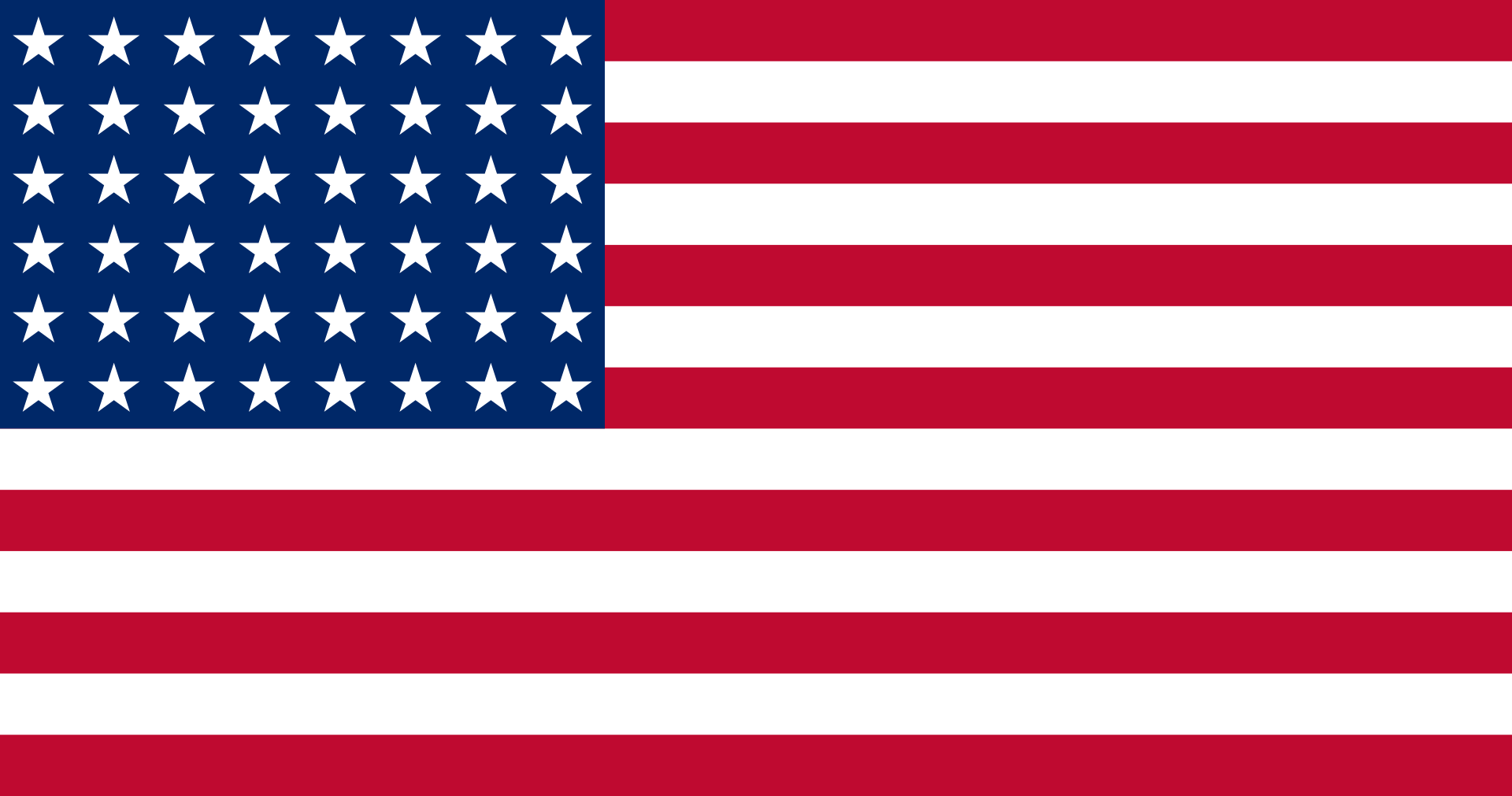439th Troop Carrier Group
United States of America
TYPE: USAAF unit
IATA/ICAO CODES: Nil
HEADQUARTERS: Alliance AAF, NE (1943), Sedalia AAF, MO (1943), Laurinburg-Maxton AAB, NC (1943-1944), Baer Field, IN (1944), RAF Balderton, England (1944), RAF Upottery, England (1944), Juvincourt (A-68), France (1944), Lonray (A-45), France (1944), Chateaudun (A-39), France (1944-1945), Baer Field, IN (1945), Sedalia AAF, MO, (1945-1946)
FORMER NAME: Nil
SUBSEQUENT NAME: 439th Troop Carrier Group, Medium (before being reactivated in June 1949)
Commandos operated, squadron unknown:
- Curtiss C-46D-10-CU Commando: 44-77683
The 439th Troop Carrier Group was established on 14 May 1943 and activated on 1 June 1943. It initially trained in the USA on the Douglas C-47 Skytrain under the I Troop Carrier Command. It then moved to England in February 1944, now attached to the 9th Air Force's 52nd Troop Carrier Wing. The Group began operations by dropping paratroops of the 101st Airborne Division in Normandy on D-Day and releasing gliders with reinforcements on the following day. After the Normandy invasion, the group ferried supplies in the UK until the air echelon was sent to Italy in July 1944 to transport cargo to Rome and evacuate wounded personnel. The detachment dropped paratroops of the 517th Parachute Infantry Regiment in support of the invasion of Southern France on 15 August 1944, and later towed gliders to provide reinforcements. The air echelon returned to England on 25 August 1944, and the group resumed its cargo missions.
In September 1944, the Group moved to France. From there, it dropped paratroops of the 82nd Airborne Division near Nijmegen and towed gliders carrying reinforcements during the airborne attack on the Netherlands (Operation Market Garden). In December 1944, it participated in the Battle of the Bulge by releasing gliders with supplies for the 101st Airborne Division near Bastogne. When the Allies made the air assault across the Rhine River in March 1945 (Operation Varsity), each aircraft of the 439th towed two gliders with troops of the 17th Airborne Division and released them near Wesel. The group also hauled food, clothing, medicine, gasoline, ordnance equipment, and other supplies to the front lines and evacuated patients to rear zone hospitals.
The Group converted from C-47's to Commandos in mid-1945 and the new aircraft were used to transport displaced persons from Germany to France and Belgium after V-E Day. It returned to the US between July and September 1945 and trained on Commandos until inactivated on 10 Jun 1946.
The 439th Troop Carrier Group was composed of four troop carrier squadrons, which were all equipped at some point with Commandos:

